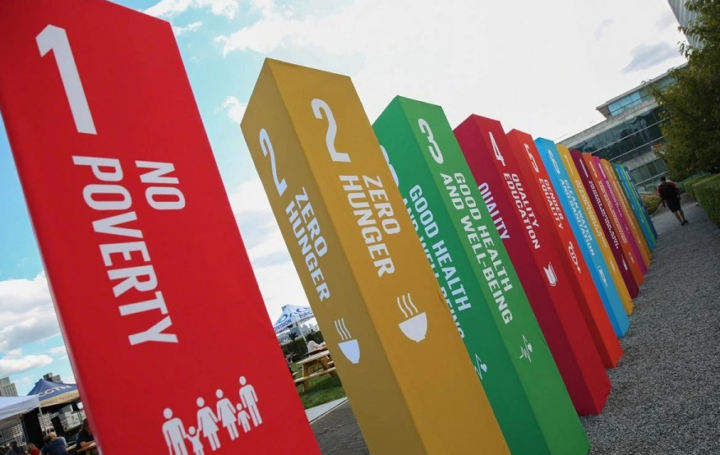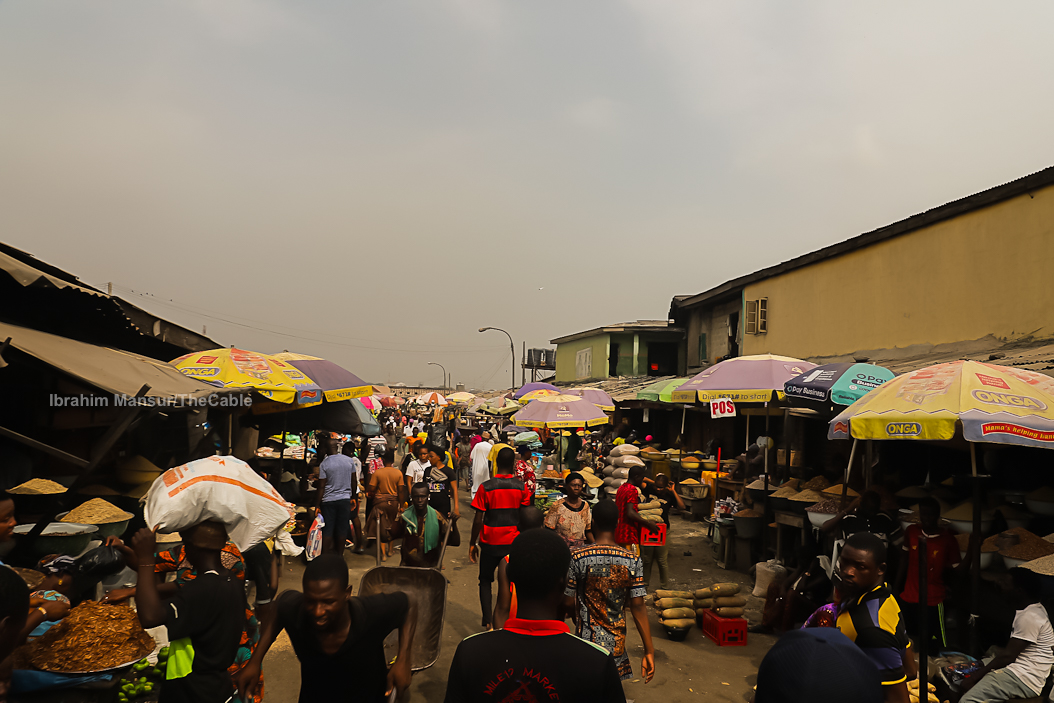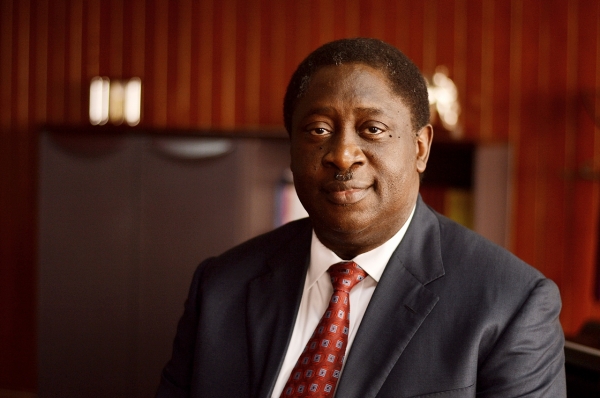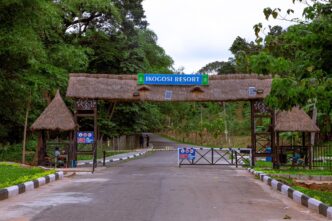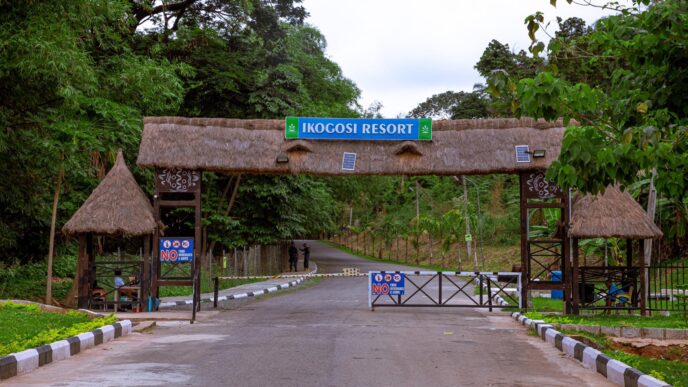BY BRIGITTE TILLEY-GYADO
“Investment in infrastructure is more than a road to recovery. It is a bridge to the future.” — Henry Petroski, American engineer and author.
Africa stands at a pivotal juncture, poised to redefine its developmental trajectory through transformative infrastructure initiatives. Overcoming global investor apprehension and dispelling misconceptions about Africa’s dynamic landscape is paramount to unlocking its vast potential. These challenges have historically hindered adequate investment, perpetuating a cycle of underdevelopment.
The urgent need for comprehensive infrastructure across Africa—ranging from secure energy and efficient transport to reliable communication systems, resilient sanitation, and affordable housing—is stark. Nearly 600 million people in sub-Saharan Africa lack access to electricity, road and rail densities are among the lowest globally, and internet penetration remains below 10%. Poor road, rail, and port facilities add 30% to 40% to the costs of goods traded among African countries, hindering private sector development and foreign direct investment (FDI).
Advertisement
Despite an increase in infrastructure investment to $77 billion annually from 2013 to 2017, an alarming 80% of projects falter during the feasibility and planning stages due to critical deficiencies in project selection, feasibility assessment, and risk management. These statistics underscore the imperative for comprehensive national master plans that transcend political cycles and align with global standards, fostering collaboration with international experts to attract essential FDI.
At the heart of Africa’s leapfrogging potential lies technological innovation. GAN International has spearheaded this movement with groundbreaking frameworks like Smart TEK (Traditional Ecological Knowledge) and ARK (Adaptive Resilient Kinetics). These innovations integrate advanced technologies such as artificial intelligence (AI), Internet of Things (IoT), and modular construction techniques with indigenous knowledge, ensuring solutions are not only sustainable but also resilient to climate impacts.
ARK, for instance, focuses on dynamic, flexible infrastructure capable of adapting to changing environmental conditions. In urban planning, ARK can be applied to design modular housing solutions that adjust to population growth and environmental changes, ensuring long-term viability and reducing construction waste. In energy, ARK principles can guide the development of decentralized renewable energy systems that are resilient to climate fluctuations and contribute to energy security across diverse geographic regions.
Advertisement
Future-proofing infrastructure is essential for ensuring long-term resilience and adaptability in the face of environmental, economic, and social changes. By integrating future-proofing strategies, Africa can build infrastructure that not only meets current demands but also anticipates and adapts to future challenges. A prime example of this approach is Ethiopia’s Grand Renaissance Dam, designed to withstand climate variability and enhance regional water security. Similarly, Kenya’s investment in the Lake Turkana Wind Power project demonstrates a commitment to renewable energy sources that reduce carbon footprints and bolster energy independence. These projects exemplify how African nations are already embedding future-proofing into their infrastructure plans, leveraging cutting-edge technologies and sustainable practices to create robust and adaptable systems.
The cost benefits of future-proofing are significant. By investing in sustainable and adaptable infrastructure from the outset, African nations can avoid the substantial expenses associated with retrofitting or rebuilding outdated systems. For instance, incorporating renewable energy sources like solar and wind power reduces dependency on fossil fuels, leading to long-term savings on energy costs and minimizing environmental remediation expenses. Additionally, advanced technologies such as AI and IoT enable real-time monitoring and predictive maintenance, significantly lowering operational and maintenance costs by preventing costly breakdowns and extending the lifespan of infrastructure assets. The economic gains from increased efficiency, reduced downtime, and lower carbon footprints further attract foreign investment, as investors seek stable and forward-thinking markets. These cost benefits underscore the financial prudence of integrating future-proofing strategies into Africa’s infrastructure development plans.
Climate preparedness forms a cornerstone of GAN’s approach, exemplified by initiatives to safeguard the Congo Basin, one of the world’s largest tropical rainforests and a critical carbon sink. By integrating climate change mitigation strategies into infrastructure projects, GAN ensures long-term environmental sustainability while future-proofing Africa’s infrastructure against evolving climate challenges.
Flagship Projects
Advertisement
Our current flagship project in Kenya, led by Caleb Kiprono, exemplifies our commitment to innovation and sustainability. This affordable housing initiative incorporates smart city concepts and the use of smart materials, setting a new standard for urban development in Africa.
Additionally, our oil and gas project in Angola integrates mixed LPG, fertilizer, and agriculture projects to create holistic, practical solutions that address both energy and food security issues. This multifaceted approach ensures that the benefits of infrastructure development extend beyond single-sector improvements, fostering broader economic and social gains.
Conclusion
To illustrate the transformative impact of strategic infrastructure investments, parallels can be drawn with both China’s industrialization journey and Britain’s Industrial Revolution. China, starting from Deng Xiaoping’s reforms in the late 20th century, prioritized infrastructure development to catalyze economic growth and urbanization. This commitment led to significant milestones, including the establishment of Special Economic Zones (SEZs) in the 1980s, which facilitated rapid industrialization and attracted substantial foreign investment. By the early 21st century, China had emerged as a global manufacturing powerhouse with a modernized infrastructure network comprising high-speed railways, expansive ports, and advanced telecommunications systems.
Advertisement
Britain’s Industrial Revolution in the 18th and 19th centuries similarly underscores the transformative power of infrastructure investment. Innovations in canals and railways revolutionized industry and commerce, propelling Britain to global economic leadership and laying the groundwork for modern urbanization and technological advancement.
Similarly, Africa’s pursuit of sustainable infrastructure, supported by global partnerships and indigenous innovations like ARK and Smart TEK, promises to unlock its economic potential. By learning from historical precedents like China’s industrialization and Britain’s Industrial Revolution while tailoring strategies to its unique socio-economic landscape, Africa can achieve transformative growth and bridge its infrastructure gap. Strategic investments in energy, transport, and digital infrastructure can spur industrialization, facilitate trade integration, and propel inclusive economic development across the continent.
Advertisement
Africa stands on the threshold of a historic opportunity to redefine its future through visionary infrastructure development. By addressing systemic barriers, embracing technological innovations, and nurturing international collaborations, the continent can chart a course toward equitable growth and prosperity. The imperative for bold foreign investment is not just about filling infrastructural gaps—it represents Africa’s strategic imperative to emerge as a global leader in sustainable infrastructure development.
This moment beckons Africa to seize its potential—to rewrite its narrative, inspire global confidence, and lay the groundwork for a future where infrastructure serves as a catalyst for socio-economic progress. As Africa rises to this challenge, it sets a precedent for excellence and resilience in infrastructure development, ensuring a prosperous legacy for generations to come. Africa isn’t playing catch-up or simply emulating; it is innovating and leading with its own indigenous knowledge, forging a path to sustainable development that is both visionary and uniquely African.
Advertisement
Brigitte Tilley-Gyado is the founder and CEO of GAN International, a company dedicated to transforming infrastructure development in emerging markets, particularly in Africa.
Advertisement
Views expressed by contributors are strictly personal and not of TheCable.
Add a comment
